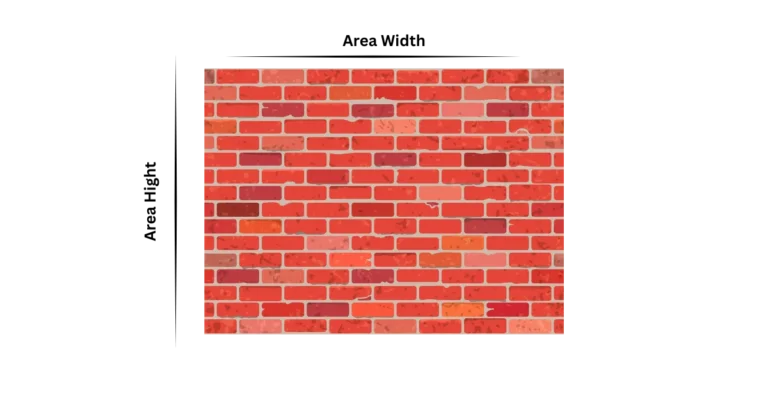Block Wall Calculation Made Easy for All Wall Types
Whether you’re planning a simple garden divider or a sturdy retaining wall, one question always comes first: “How many blocks will this take?” Underestimate, and your project stalls. Overestimate, and you’re stuck with unused materials.
This guide walks you through accurate estimation methods for both regular block walls and specialized retaining walls. We’ll cover manual calculations, digital tools, and professional tips to get your numbers right.
Block Wall Estimation Basics
Estimating a basic block wall involves three key components:
- Materials Calculation
- Standard concrete blocks: 8″×8″×16″
- Blocks per square foot: 1.125
- Mortar per block: About 0.01 cubic feet
- Labor Estimates
- Professional masons lay 80-100 blocks/hour
- DIY pace: 20-30 blocks/hour
- Foundation Requirements
- Depth: Below frost line (varies by region)
- Width: Twice wall width
Example: 20-foot long × 4-foot high wall
= 80 sq ft × 1.125 = 90 blocks
- 10% waste = 99 blocks total
Retaining Wall Specifics
Retaining walls need special considerations:
- Structural Requirements
- Base thickness: 1/2 wall height
- Reinforcement: Geogrid for walls over 3 feet
- Drainage Materials
- Gravel backfill
- Drain pipes every 4-6 feet
- Special Blocks
- Interlocking design
- Built-in setback (about 1/2″ per course)
Pro Tip: For walls over 4 feet, consult an engineer – the forces involved surprise many DIYers.
Estimation Methods Compared
Manual Calculation
Best for simple, rectangular walls:
- Calculate face area (Length × Height)
- Multiply by blocks/sq ft (1.125 for standard)
- Add 10% for cuts/waste
Digital Tools
Ideal for:
- Complex shapes
- Retaining walls
- Accurate cost estimates
Top Picks:
- Belgard Wall Designer
- Pavestone Calculator
- Keystone Retaining Wall App
Material Breakdown
| Wall Type | Blocks | Mortar | Base Material |
| Standard | 1.125/sq ft | 0.01cf/block | Crushed stone |
| Retaining | 1.25/sq ft | 0.015cf/block | Gravel + fabric |
Cost Factors
Expect to pay:
- Standard walls:
- 15−
- 15−25/sq ft installed
- Retaining walls:
- 25−
- 25−40/sq ft
- DIY savings: 40-60% of installed cost
Price Drivers:
- Wall height
- Site accessibility
- Local labor rates
- Material quality
Common Mistakes to Avoid
- Ignoring Drainage – The #1 reason for retaining wall failures
- Shallow Base – Leads to shifting and cracking
- Underestimating Curves – Radius walls use 15-20% more blocks
- Poor Block Selection – Not all work for retaining applications
Pro Tips for Better Estimates
- Order extra – Most suppliers accept returns of unopened pallets
- Check delivery access – Blocks are heavy!
- Time purchases – Prices often drop in late fall
- Verify local codes – Some areas restrict wall heights
Your Brick Calculation Questions Answered
Final Thoughts
Accurate block wall estimation combines good math with practical knowledge. For simple dividers, manual calculations work fine. For retaining walls or complex designs, digital tools save time and prevent errors.
Remember: It’s always better to overestimate slightly than to run short mid-project. Now grab your tape measure and start planning – your perfect wall awaits!
Pro Tip: Take photos of your calculations to share with suppliers – they often spot potential issues.


